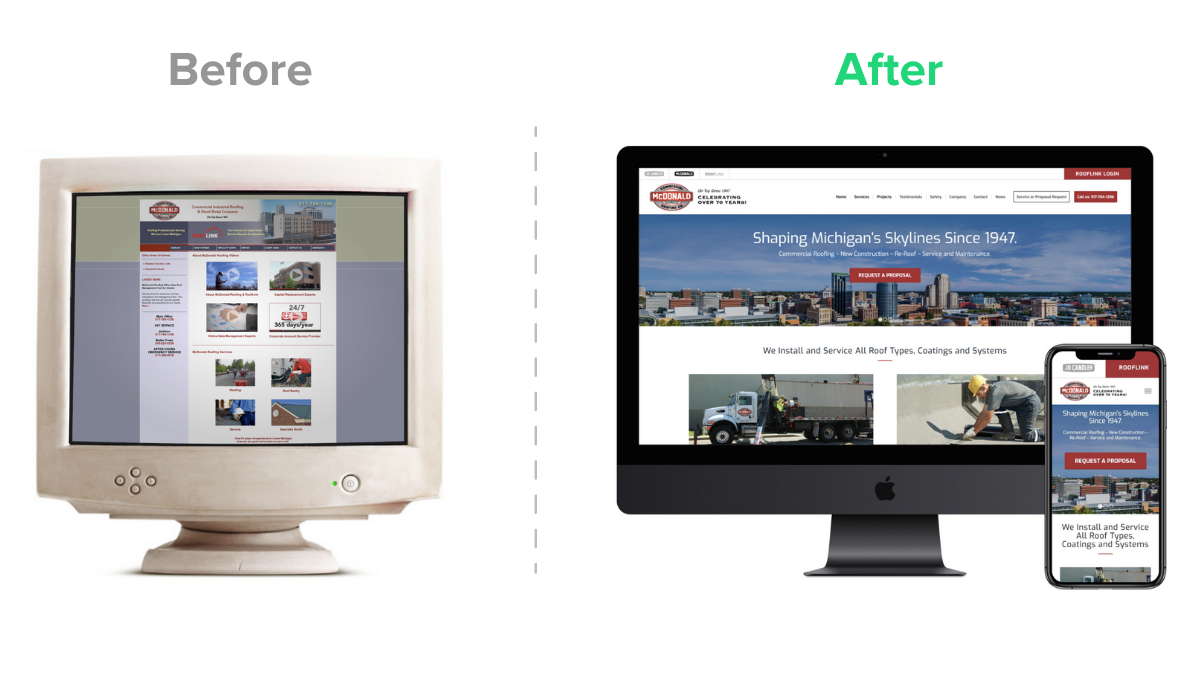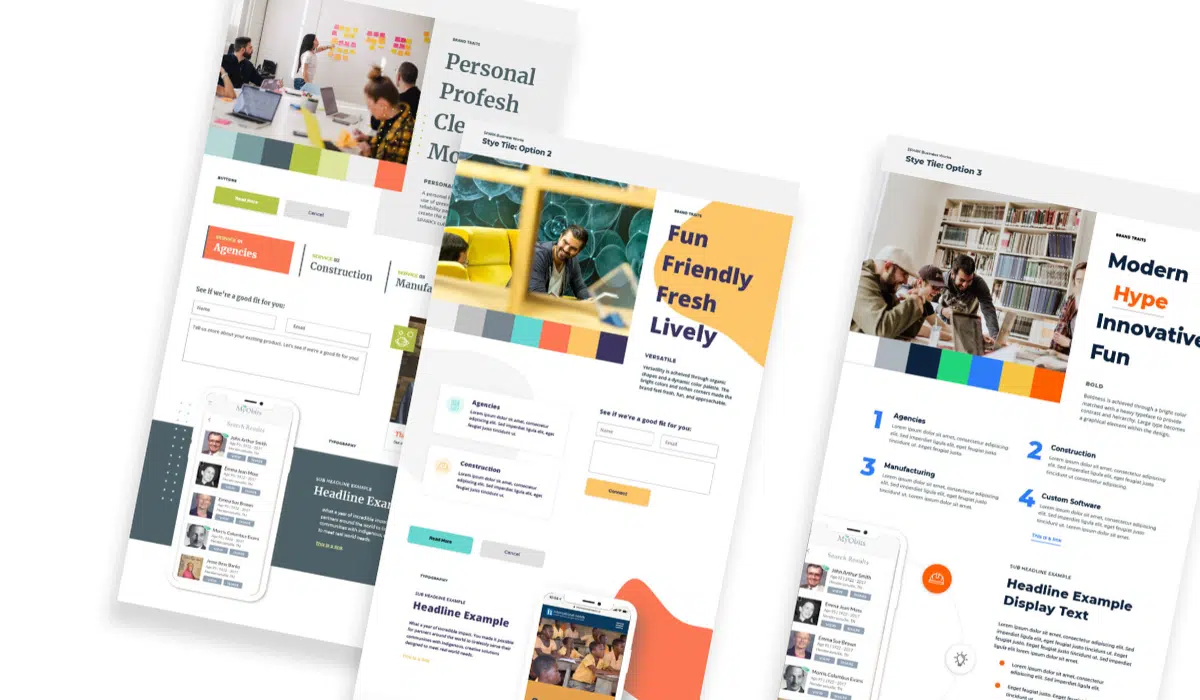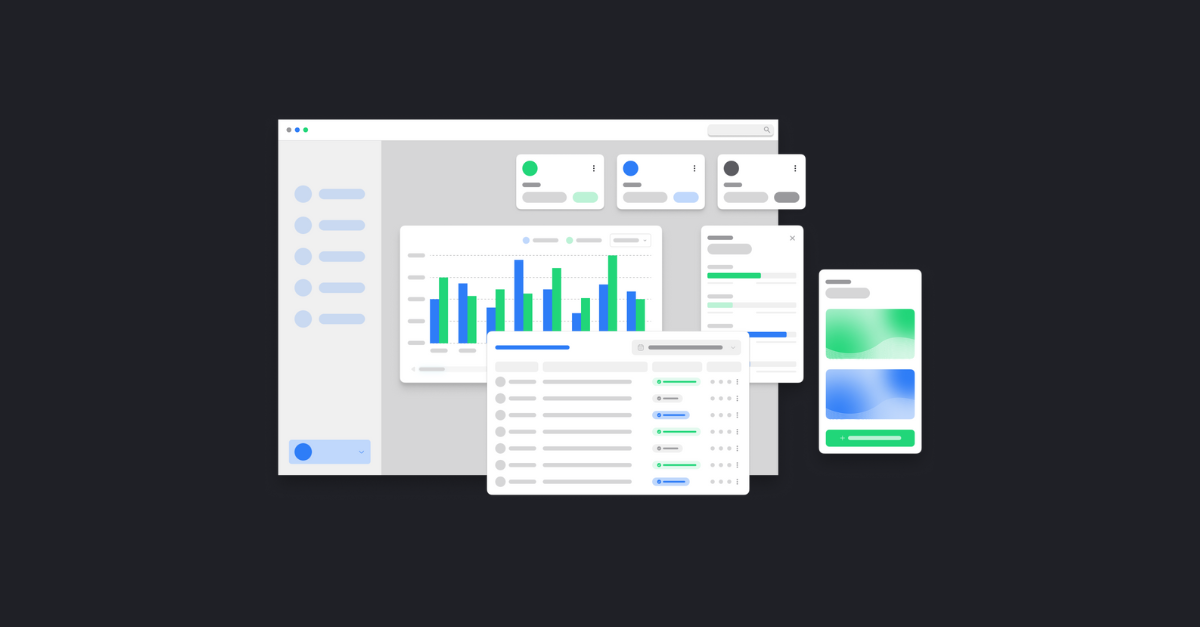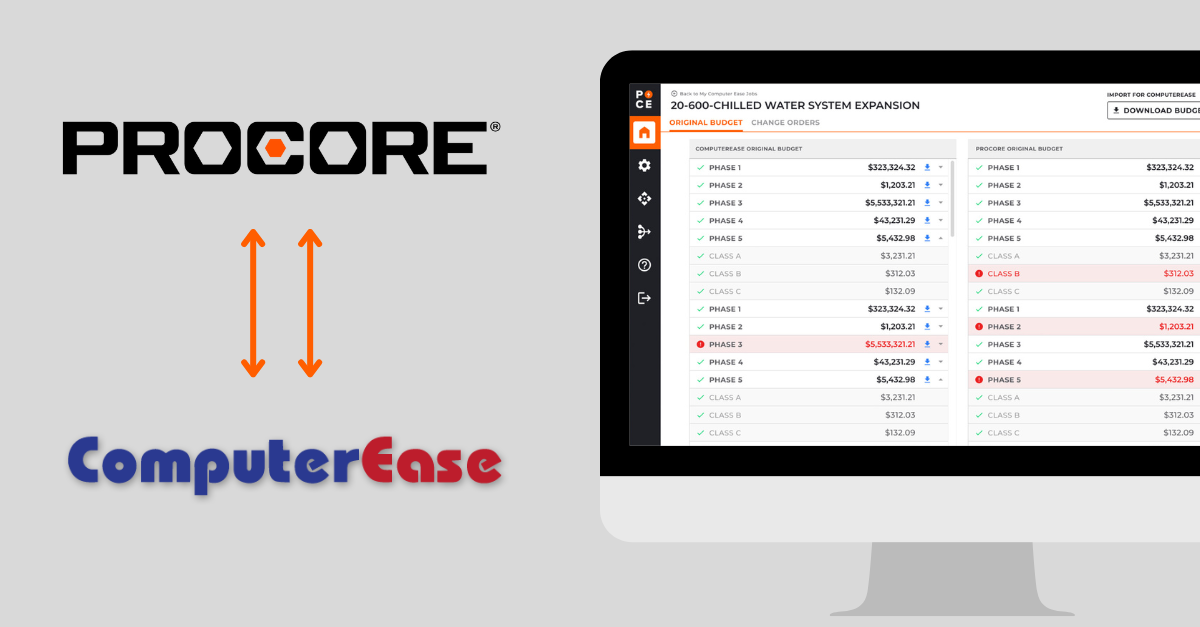Building a new website for your company can be exciting! Or you might think of it as “one of those things you just have to do,” like updating your computer to the latest operating system. Either way, this article will help you to get ready for your new website project so the process is as easy for you as possible and the result will be a valuable business asset.

Your website is often where your prospects will get their first impression of your company. Will their first impression be a good one? Even if they hear of your company through word of mouth, their next move is likely to look at your website. Your prospect may give it a 15 second glance on their phone or dive into your service offerings from the office. When they do, your site will either make them more likely to buy from you or less likely to buy from you.
Which will it be?
It is in your interest to have a website that shines a light on what makes your company great. Your website is your company’s digital front door. It isn’t an “IT thing.” Don’t have your “IT guy” take care of it, the same way you might have him order new ink for the printer.
Rather, it is a core marketing asset and deserves your attention as a business owner or manager. This article will help you think about and prepare for your new website project.
We’ve broken it up into four sections: Big Picture Website Strategy, Process Strategy, Developing the Site Map, and Gathering the Component Parts. But there is certainly a lot of overlap between these categories. The idea is to help you start thinking about your new website so that the end result is something you love and moves your business forward.
[Want to just skip to see results?]
Big Picture Website Strategy: Why a new website and what do you want to communicate?
Why do you want a new website? This could be any number of reasons. For example, it could be as simple as “our current site looks old” or “our site functions terribly on mobile”. On the other hand, perhaps your business has changed direction significantly and the current site no longer accurately communicates what you do. Whatever your reason is, it is fine. But be sure you have thought it through because your answer to the question of “why?” will guide the entirety of the project.
What is the core message or value you want your site to communicate about your company? What is your company’s unique value proposition? What makes you different from the other firms your visitor might be considering? If your answer is “customer service” or “our people,” you’ll probably want to dig a little deeper (many companies say those things).
Many small and medium-sized businesses don’t have dedicated marketing departments. They sometimes haven’t had time to step back from the day-to-day running of the business to reflect on their core differentiators and message. Or, maybe you have a marketing department but there is a constraint somewhere between the design of your current site and everything that’s on their plate already. That’s why SPARK helps clients of all sizes answer these questions using our design thinking playbook.
Building a new website is a great opportunity to step back and think about these things. Your website is often your prospect’s first exposure to your company. It is worthwhile taking the time to get your messaging right.
Process Strategy: What do you want the site to do? What do you want your visitors to do?
While closely related to the “why” of a website, “What do you want the site to do?” is a separate and important question.
A business website should be moving its visitors to take some sort of action (filling out a form, making a call, requesting a quote, etc.). So, what do you want your visitors to do while on your website? The structure of the site will support this outcome. Also, ask, “Is there any offer I can make that would nurture my site visitors to take the action I want them to take?” Examples include a free download or an event sign up.
Another thing to ask is, “How can my website save me and my team time?” Are there repetitive tasks that can be handled through a website? For example, sometimes, a company is constantly answering the same questions by telephone day in and day out. Maybe an FAQ section on your website could reduce some of these calls. Similarly, if your team is constantly fielding pricing calls, perhaps it could make sense to include a pricing estimator on your new website.
Developing the Site Map: What Pages Should Your New Website Have?
Think about the pages you would want your site to have. Start by writing a simple bulleted list of each page or section someone could click on on your site. This might mirror what you already have, or you might want to create a new and improved experience. Looking closely at other websites that you like (from any industry…not just competitors) can help you quickly get ideas for features that make sense based on your goals.
Some typical website sections include home page, about us, team, services we offer, testimonials, and a contact page. Consider what else you would like to communicate about your company to your website visitors.
For each of the main pages, it’s even better if you can list sub-bullet points for the sections on that page. For example, you might have an “About Us” page that has 3 sections: Mission, History, Team. There are many possibilities, but SPARK can help you make informed design and messaging decisions during your process.
Free downloadable checklist of things you should do to prepare for a website project →
Gathering Your New Website’s Component Parts
A great website is a skillful assembly of component pieces into a persuasive whole. It can help your project if you start gathering these component parts before it starts (or, at least, think about gathering them).
Here are some of the most important components of a website:
- Copy. Copy is marketing speak for “writing,” the written words that will be on your new site. Many marketers consider the words on the page to be the most important part of a website and have the most effect on the reader. But writing persuasive copy isn’t a skill that everyone has. You need to stand out and create action, and that is best accomplished through a cohesive “brand story” that communicates and sells, without the reader feeling like they are being sold.
- Clear List of Services/Products. Your copywriter will handle the descriptions for you. But do you have a clear list of what you offer? Sometimes companies do not and developing your new website is a great occasion to clarify your list of offerings.
- Photos. High quality photos of your products, facilities, employees, completed projects, etc. will be an important part of your site. You do not want to use “stock” photos that anyone can buy on the internet. Start thinking about what photos you would want on your site and ask if you have them. If you do not have them, consider budgeting for professional photography that will visually tell your story. (A picture IS worth one thousand words, right?)
- Intake Forms. Forms on websites can be powerful tools to collect information from visitors or for internal business processes and automation. Intake forms can be simple or complex and can be used for a wide range of use cases, such as contact forms, job applications, surveys, collect online payments, enrollment, bookings, calculators, training, quizzes, and much more. Consider what information you are collecting and how it could be streamlined by having a link to a form on your website for users to fill out. [See custom business form automation examples.]
- Video. Video can be impactful and persuasive and is becoming more frequently used these days. But publishing quality video elements takes time, money, and planning. Based on the goals of your website, should some professional footage showcase your service, your products, your culture, or your impact on customers?
- Logo. Do you have a company logo that you like? It should be simple, clean and on-brand. If so, try to find the original design files. If not, it might be a good time to have one custom designed.
- Testimonials from satisfied customers/clients. Testimonials are especially persuasive for website visitors. If you say, “We’re awesome!”, the visitor takes that with a grain of salt. If a satisfied client who is similar to the visitor says, “This company is awesome!” the effect is much more powerful. So, if you don’t have testimonials, consider gathering some. But be aware that gathering these can take some time.
- Metrics. Are there metrics you could use that would be impressive if displayed on your new site? A few examples include years in business, number of projects completed, dollar amount of donations to charity, or number of team members.
 Reach out to see how the SPARK process can improve your website →
Reach out to see how the SPARK process can improve your website →
Get Started with Your Website Project
New websites can be a lot of work (although partnering with the right business-savvy web development company will make it much easier for you). By taking some time to think through the important elements of your digital presence, you build the foundation for a great website that will be an asset for your business that generates returns for years to come.




